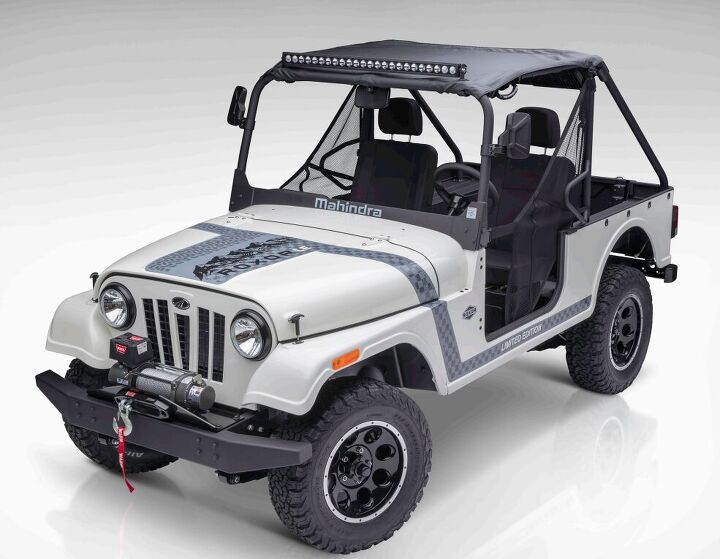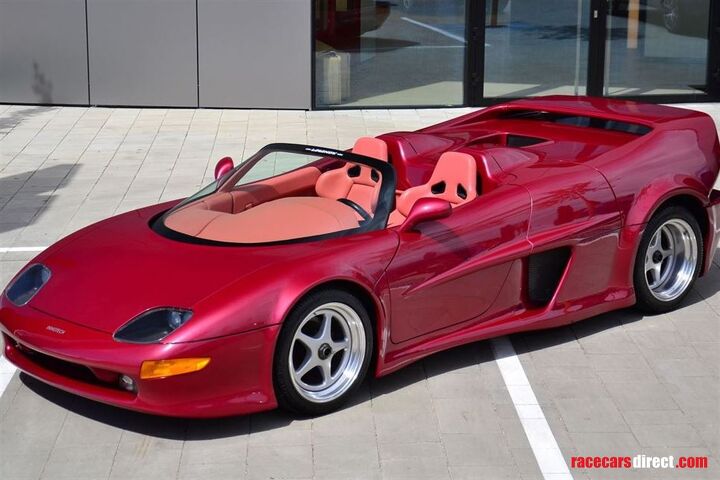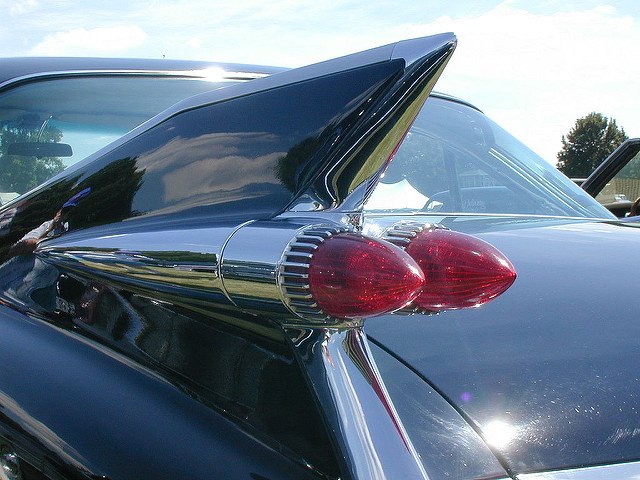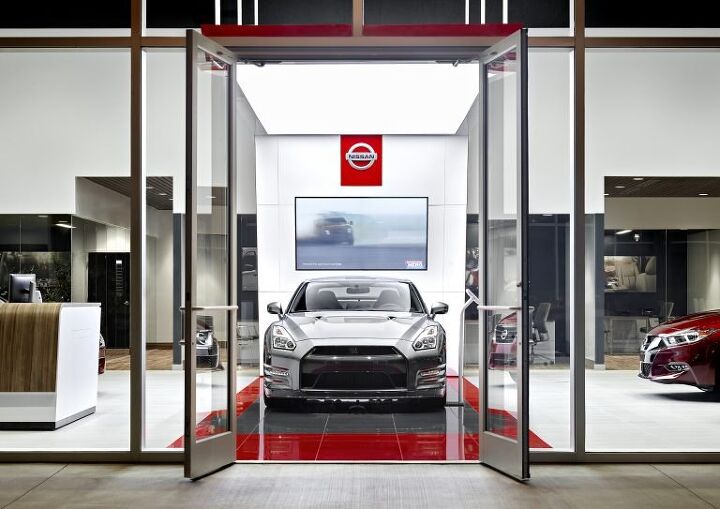#design
For What It's Worth, a Kia K900 Front Corner Collision Will Cost You Dearly
There’s a good reason why insurance premiums are rising like your author’s blood pressure while scanning his Twitter feed, and it’s not just because providers really, really like making money. (They do, of course.) Average repair bills in the U.S. rose by about a third in the past three years, mainly due to the proliferation of safety technology, and insurance premiums followed. Country-wide, premiums rose 7.9 percent in 2017.
Cameras, ultrasonic sensors, and radar sensors tend to be located in areas of the vehicle most prone to damage, even in even low-speed collisions, and sturdy, exposed 5 mph bumpers are unfortunately a thing of the past. Many would prefer to see all automakers design their cars with repairs in mind, thus lowering future costs and premiums.
As an example of the headache of repairing technology-festooned vehicles, behold the average front-corner collision repair cost of one rare Korean sedan.
They Don't Need One, but Mercedes-Benz Promises Grilles on All Future Electrics
The one and only styling refresh bestowed on Tesla’s Model S involved the removal of its phony grille, with CEO Elon Musk claiming the blacked-out nose had done its duty in luring — and lulling — nervous customers. The subsequent Model X went without, and the Model 3 looks like that masked disfigured girl in Eyes Without a Face.
Mercedes-Benz isn’t on the same page. Perhaps believing that Tesla buyers tolerate the lack of grille only because the vehicles are Teslas, the German automaker has vowed to pretend there’s an internal combustion engine and radiator behind the face of each of its electric vehicles.
Niva No More? Lada Concept Vehicle Heralds the Demise of a Communist Classic
We’ve all seen movies set in the perpetually grey, bitterly cold Soviet Union (later Hollywood films featuring Russia were apparently allowed to show sunlight), but if you lived north of the border a few decades ago, it wasn’t just the weather that looked familiar.
Lada Canada imported Iron Curtain cars for two decades (1979 to 1997), offering rudimentary, pinko automobiles to Canadian cheapskates for very few kopeks. Your author recalls entering the high school library at the dawn of the internet age and slowly booting up the Lada Canada website, where a five-door Samara was advertised for $4,995. Few of these showed up on local roads, as Hyundai offered slightly better no-cost transportation options.
However, there was one Lada vehicle that can truly be considered a classic, and it’s the one everyone remembers best. Sadly, after more than 40 years of production, the virtually unchanged Niva (now known simply as the 4×4) seems destined, like the Berlin Wall, to pass into history.
Fiat Chrysler's Not Happy With Mahindra's Jeep Lookalike ATV
Imitation, they say, is the sincerest form of flattery, but Fiat Chrysler Automobiles is none too pleased with an Indian automaker’s plan to foist a Jeep CJ-like all-terrain vehicle on the United States market.
Mahindra & Mahindra’s Roxor is a larger ATV with a conventional layout and appearance that splits the difference between brush-busting fare from Polaris, et al, and road-legal off-roaders like the Jeep Wrangler. There’s a 2.5-liter inline-four diesel up front, and drivers put the power to all four wheels via an honest-to-goodness five-speed manual transmission. Oh, and it really, really looks like a Jeep CJ. We’re gaga over them.
FCA sure isn’t.
Cure for the Common Mitsubishi? Brand Hires Former Audi and Alfa Designer
There’s no denying that every last TTACer looked at the Mitsubishi Eclipse Cross with a raised eyebrow. Not the intrigued kind, either. While the compact crossover’s design can certainly be called polarizing, an easy consensus existed in this chat room. Try again, basically.
As the resurgent Mitsubishi brand awaits new models build with help from its Renault-Nissan Alliance partners, a new addition to the team is ready to help sculpt those future vehicles.
Rare Rides: The Innotech Mysterro - a Mid-engine Czech Corvette?
In what’s bound to be one of the most obscure editions of Rare Rides yet, today’s ride is very limited-production in nature. So limited, in fact, that only one was produced. And it’s so limited in its exposure that the Internet can’t seem to decide the year it was actually built.
It’s hard to know where to start with this thing.
The Best Ford Focus Sedan Is the One (Almost) No One Wants
Think back to the very early days of the previous decade and memories of awful mainstream rock compete with visions of the first-generation Ford Focus sedan. It was everywhere, and quite a few people has quite a few problems with theirs. By the end of the decade, however, those issues were mainly in the rear-view, as Ford was busy preparing to heap dual-clutch transmission woes onto its customers.
Now, the Focus sedan’s officially dead as the Blue Oval embarks on a nearly car-free voyage to the future. Only the faux crossover “Active” version of the next-gen 2019 Focus stands to see any customers in North America, but it’s a privilege reserved only for citizens of the United States. Canucks need not apply.
Too bad, as the next-gen Focus sedan’s a looker. Its designers aren’t exactly thrilled that so many countries have taken a pass.
Maybe Autonomous Vehicles Don't Have to Look Like Steaming Sacks of Garbage
Thank God we don’t have to look at that Google self-driving car anymore. You know the one — shaped like an unhappy egg wearing a little hat? That one. The one that inspired visions of a future where life is so sterile and miserable that it wouldn’t be hard to imagine masses of people throwing themselves on the road in front of these pod-like commuting appliances.
Still, even as self-driving technology advances, we’re treated to concept vehicles that don’t exactly stir the soul. Some recent designs deserve kudos, but many still resemble motor pool rejects from A Clockwork Orange, terrifying gearheads and libertarians alike.
It doesn’t have to be that way, claims one automotive supplier. You can have your sexy car and still tell it to drive you around.
QOTD: Can We Have Something Truly Unique?
With the gradual disappearance of regular, affordable coupes now almost complete, and with sedans soon to follow, a time will come when the light truck realm makes up nearly the entirety of our automotive selection.
It’s not looking good. There’s only so many ways to package a crossover or SUV in an interesting manner before practicality and cargo capacity suffers, thus leaving the model off many buyers’ shopping lists. Automakers wouldn’t want that. It seems that, in terms of daring design and packaging, we’ve gone backwards, not forwards.
A small-town car show helped make this clear.
Designer of Very Tall Cars Hits the Road, Leaves Rolls-Royce With a Blank Slate
Don’t ask Corey Lewis about the new Rolls-Royce Phantom, as you’ll get a rundown of all the things wrong with it. Mainly, that it lacks grace and its flanks appear too tall.
Beauty is always in the eye of the beholder, but Giles Taylor, the design chief behind the revamped ultra-lux sedan and recently introduced “ high-bodied car” (Cullinan SUV) isn’t sticking around to craft another vehicle. Taylor’s leaving the company, placing the brand’s design future in limbo.
When You're This Big, They Call You Grandmaster
If you’re following the Busan International Motor Show as close as we are, and we know you are, you no doubt saw the unveiling of Hyundai’s newest and largest concept vehicle, the HDC-2 Grandmaster. Sounding like an air-dropped fission weapon or perhaps an experimental jet prototype of the 1940s, Hyundai’s big, honkin’ SUV concept showcases where the company’s going with its design language.
It’s also possible you’ve seen the Grandmaster’s shape before, perhaps churning up the snow on a wintery test course in a set of spy photos.
Attempting to Understand the Chinese Luxury Aesthetic
Thanks to an interested and better-financed populace, luxury purchases have been on the rise in China for the past decade. Chinese consumers currently drop around $7.6 billion per year on premium goods, accounting for almost a third of the global luxury market. This has resulted in a massive influx of high-end items and brands that want to capture the public’s attention and, more importantly, cash.
This includes automotive brands — all of which are desperate to expand into the Chinese market. But finding the correct approach is tricky. Plenty of fashionable brands attempted to incorporate authentic Chinese elements into their designs, but failed to do so in an elegant or convincing way. There’s a bit of a balancing act required. Market research shows younger consumers like clean designs and a little bit of bling, but don’t want these established brands catering too much to Chinese tastes. Older consumers, however, are willing to enjoy a little bit more ostentatiousness and adherence to tradition.
That’s one reason why you see so many new cars showing up at auto shows painted red. In China, red represents good fortune and crops up on significant items on important dates all the time. Wedding dresses are traditionally red, as are envelopes containing monetary gifts to commemorate the birth of a child or the new year.
However, we have to wonder if some brands aren’t going a little overboard. Mercedes-Maybach, which just released a hideous concept SUV intended to whet Chinese appetites, has followed up that eyebrow-raising effort with “the pinnacle of luxury living.”
QOTD: Eyes Without a Face?
Like a normal person, I spent my final waking moments last night reading the comments on Monday’s 2019 Toyota Avalon review. I’m either a masochist or a narcissist.
The new Avalon is a large car with a long list of features, and an even longer list of debatable issues stemming from its revamp, so I hope the review proved useful. Around here (and on Twitter … and maybe on the street, too), I’m known as a the guy with a depraved fetish for large, traditional, conservative sedans. Oh yeah … the staider, the better. Why do you think the powers that be sent me on that first drive?
I wear the badge with pride and, truth be told, I’ve always been a fan of the Avalon — maybe it’s a byproduct of my dear, departed ’94 Camry, combined with a childhood spent watching 1960s and ’70s spy and cop shows. Whatever the cause, there’s nothing unappealing about a roomy, comfy sedan with plenty of power and industry-leading longevity. Dependability, as I’ve said before, isn’t unsexy.
It’s because of these preexisting feelings that I found myself in agreement with a great many of your comments (and there were a great many of them). One complaint kept popping up, though. Based on your feedback, it’s clear the most controversial aspect of the new Avalon is its Eurasia-sized grille.
Binning the Bland: Nissan Planning a Great Dealership Makeover
While there’s nothing inherently wrong with a typical Nissan dealership, no one’s going to mistake one for the Taj Mahal. They’re functional structures, designed to hold salespeople that can walk you through the terms of a loan. Do they really need to be anything more?
Nissan says no, but it would still like its stores to undergo an ambitious renovation program that would alter the majority for the better. Executives in Japan said the brand intends to update 9,000 of its dealerships around the globe over the next five years. Changes include more prominent signage, updated customer-handling procedures, and more open concept showrooms and service departments.
However, just how much pressure HQ is exerting on North American shops to adhere to the changes is unclear. In the United States, dealerships are already subject to the Nissan Retail Environment Design Initiative (NREDI 2.0), which encourages tons of daylight via glass-fronted showrooms and wide open spaces. The overall look is extremely modern and inviting without feeling showy. Think really nice community college, rather than the hotel lounge experience some premium auto brands attempt to provide.
So Long, Pikachu? Toyota Prius' Adventurous Styling Due for a Toning Down
I’ll never forget gazing at the latest iteration of the Toyota Prius for the first time. Much hand waving ensued, along with words to the effect of, “No, this is all wrong.”
Styling is subjective, but as hybrid and electric vehicles enter the mainstream, designers haven’t exactly copied the space-age looks of the fourth-generation Prius. In fact, in a bid to avoid scaring off customers, automakers have charted a course for the safe and non-threatening.
That leaves the Prius as the odd man out — a model enamored with triangular shapes that eyes the Hyundai Ioniq, new Nissan Leaf, and upcoming Honda Insight with worry.
It’s makeover time!





























Recent Comments